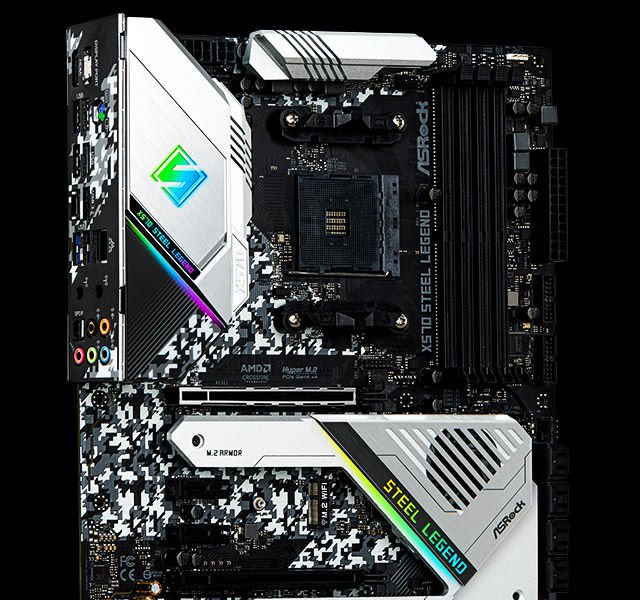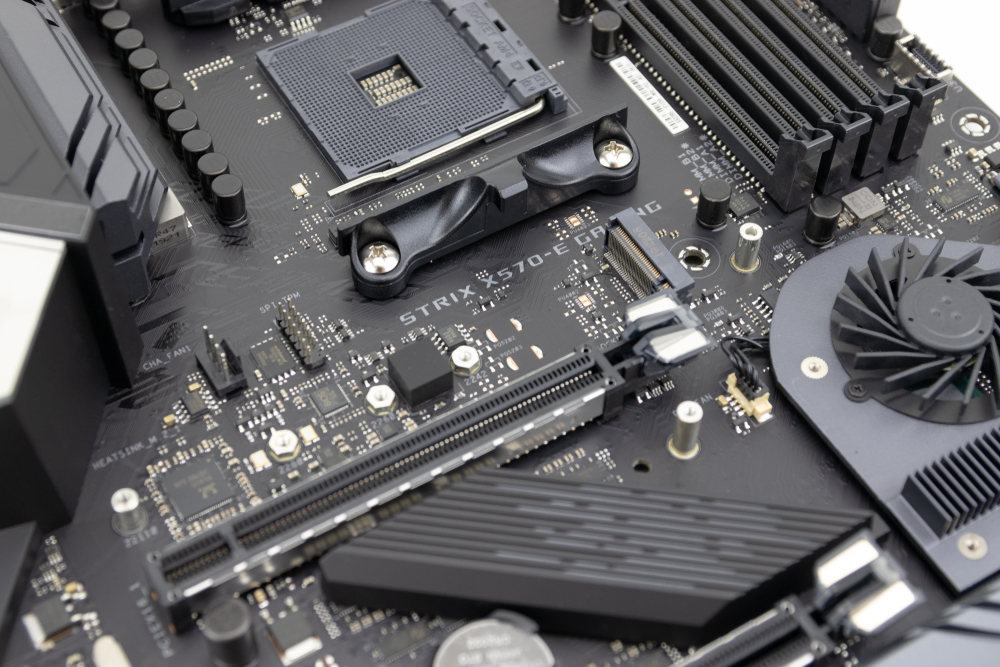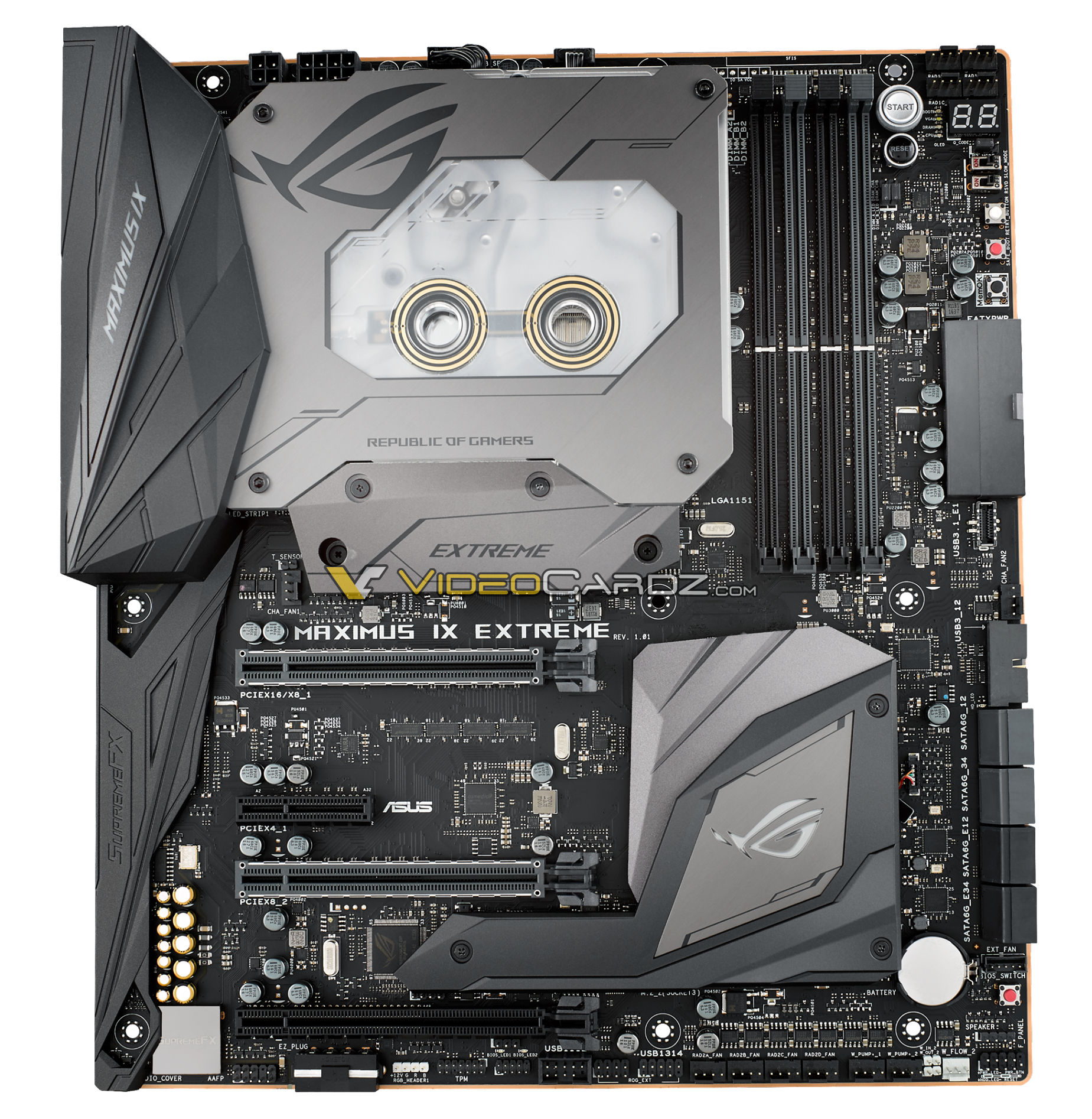Summary :
- Back Up!: One key point to remember: You are putting your data at risk. Even if you're not into regular.
- If you're using the motherboard's integrated audio, you'll obviously be installing those drivers after the upgrade. Step 5: Check Your Storage Settings First, check your disk-interface settings.
MSI AMD Motherboards - Drivers & Utilities (2019-09) Addeddate 2020-11-17 17:54:58 Identifier msi-amddriver-utilities2019-09 Scanner Internet Archive HTML5 Uploader 1.6.4. Plus-circle Add Review. Reviews There are no reviews yet. Be the first one to write a review. DOWNLOAD OPTIONS download 1 file. ISO IMAGE download. Lasting Quality from GIGABYTE.GIGABYTE Ultra Durable™ motherboards bring together a unique blend of features and technologies that offer users the absolute.
Chipset drivers play an important role in controlling communications between many components in your system. To improve your system performance, it is necessary to update chipset drivers timely. How to update chipset drivers? This post from MiniTool will provide you with detailed steps.
Quick Navigation :
Before You Do
Chipset drivers have a significant impact on the communication between different components including the hard drives, system memory, etc. The outdated chipset drivers will slow down your system performance.


So, it’s crucial to update motherboard drivers for better system performance. Prior to installing the chipset drivers, you would better have a look at your motherboard manual and operate properly. If you are unclear about the motherboard model and serial number, you can refer to this post.
Then you can visit the official website of your motherboard manufacturer to determine what type of chipset drivers your motherboard has. Now, let’s see how to update chipset drivers Windows 10.
In recent years, lots of users intend to update MSI BIOS. It is not a simple operation. This post will walk you through a full guide for the MSI BIOS update.
How to Update Chipset Drivers
There are 2 major ways to update motherboard drivers. You can update chipset drivers automatically in Device Manager or download and install it manually from its official website.
Method 1. Update Chipset Drivers Automatically in Device Manager
The first and simplest method to update chipset drivers is to use the Device Manager. Here’s how to do that:
Step 1. Right-click the Start menu and select Device Manager from the context menu.
Step 2. In the Device Manager window, expand the System devices categories and right-click the chipset driver that you want to update, then select the Update driver option from the context menu.
Step 3. Then there are 2 options to update chipset drivers. Here you can select the Search automatically for updated driver software option, which can help you install the updated chipset drivers automatically.
Step 4. Windows will search for the updated chipset drivers automatically, and then you can follow the on-screen prompts to install the drivers on your computer.
Alternatively, you can update chipset drivers on Windows 10 manually. Please keep reading the following content.
Method 2. Update Chipset Drivers Manually
You can download the motherboard drivers from its official website and install it on your computer manually. To do so, you need to check the computer’s system information firstly. It is important to download the right chipset driver that is suitable for your Windows system – whether it’s Windows 10, 32- bit or 46-bit version, etc. For that:
Step 1. Press Win + I keys to open the Settings window, and then click on the System section.
Step 2. Click on the About button from the left pane, and then scroll down the right sidebar to the Device specifications section where you should find the system type is b4-bit or 32-bit.
Step 3. Navigate to the official website of your motherboard manufacturer. Here we take the Intel chipset drivers for example. Click here to visit its official website.
Step 4. Then select the Chipsets section to go on.
Step 5. In the pop-up window, you can select the Product type and Operating system type form the down-down menus to filter the chipset drivers that you want to download. Alternatively, you can type the product name or keywords in the search bar.
Step 6. Select a suitable chipset driver and click on Download in the next window.
Step 7. After you download the chipset drivers, open the downloaded files and follow the on-screen prompts to install them on your computer
 Note
NoteThis page contains steps on updating drivers and not Windows Updates. For help with Windows updates, see: How to update a Microsoft Windows computer.

Below is a listing of our recommended hardware devices to update. Updating your computer's drivers and other updates can resolve problems, improve the performance, and increase the stability of your computer.
Drivers First Motherboards Drivers
BIOS updates
Computer BIOS updates should only be done when you are having compatibility issues with your hardware, or you feel your computer hardware is not performing as it should. Visiting your computer manufacturer or motherboard manufacturer page allows you to see if any BIOS updates are available for your motherboard and what they fix.
CD or DVD drive drivers and firmware
Updating the drivers for your optical drive (CD-ROM, CD-R, CD-RW, DVD) may improve its performance. We recommend you visit our CD drivers page for a listing of manufacturers and their driver update pages to obtain the latest drivers.
Some manufacturers may also have firmware updates available for their CD drives. Firmware updates resolve hardware related issues you may be experiencing with the CD drive, such as being unable to read some CDs or may update the region code on your DVD drive. Unlike a driver update, these updates should only be performed for users who are experiencing hardware related issues with their drives. Most firmware updates are accessible through the manufacturer's CD driver page, see the CD drivers page for a listing of these links.
Controllers
Updating to the latest drivers for your computer controllers help with their reliability and the drives connected to them. If you're using a device separate from your computer motherboard, see the controller drivers page for a listing of manufacturers and drivers. If you are not using a separate component, the controller card may be updated by installing the latest drivers for your motherboard. These drivers can be obtained from your motherboard or OEM computer manufacturer. See the motherboard drivers page for additional information.
Display drivers
Unlike other hardware devices, display devices such as a computer monitor or flat-panel displays are often automatically detected and set up by the operating system.
If you are looking for a video driver, see the below video card drivers section.
Keyboard drivers
Unless your computer keyboard contains special keys, your keyboard should not require any drivers and should be set up by the operating system.
NoteUsers using a USB or FireWire keyboard may need drivers for their operating system to support the keyboard.
Drivers For Motherboard Msi
Mouse drivers
Unless you are utilizing a unique mouse with special buttons, wheels, or other features, drivers are not required. The mouse should automatically set up by the operating system.
Modem drivers
Updating the computer modem drivers can improve the reliability of the modem and may improve the speed. We recommend you visit our modem drivers page for a listing of manufacturers and their driver update pages to obtain the latest drivers.
Some modem manufacturers may also have firmware updates that upgrade the modem to support new standards, such as V.90, or correct hardware issues with the modem. Firmware updates should only be done if your computer or modem manufacturer recommends you update the modem or if you believe a firmware update corrects your issue. When updating your modem's firmware, verify you are using a firmware update designed for your modem. Updating the firmware with an incorrect version may cause the modem to no longer work. Firmware updates are usually also available through the modem drivers page.
Motherboard drivers, firmware, and updates
Updating the computer motherboard or motherboard chipset drivers helps with compatibility, reliability, and performance. It can also be beneficial to other hardware installed in the computer. See the motherboard drivers page for a listing of links to motherboard chipset drivers and motherboard manufacturers' drivers pages.
Network card drivers
Updating or installing the latest drivers for a computer network card may help with the reliability of the network card in the computer. For a listing of computer network card drivers, see our network drivers index.
Some network card manufacturers may also have firmware updates that resolve compatibility issues or other hardware issues. These updates should only be done if your network card or computer manufacturer recommends an update. These updates are also available through the manufacturer's network drivers page.
Drivers First Motherboards For Desktops
Printer drivers
Updating or installing the latest drivers for a computer printer may help with the reliability and compatibility of the printer. A listing of computer printer drivers is on our printer drivers page.
Removable media drivers
Updating or installing the latest drivers for a removable media device, such as a tape drive, may help with the reliability of the removable media device. A listing of computer removable media drivers is on our removable media or tape drive drivers page.
Scanner drivers
Updating or installing the latest drivers for a scanner may help with the reliability and compatibility of the scanner. A listing of computer scanner drivers is on our scanner drivers page.
Sound card drivers
Updating or installing the latest drivers for a sound card help with the compatibility, reliability, and the performance of the sound card. A listing of computer sound card drivers is on our sound card drivers page.
Video drivers
Updating or installing the latest drivers for a video card help with compatibility, reliability, and the performance of the video card. A listing of computer video card drivers is on our video card drivers page.
Some video card manufacturers may also have firmware updates. Firmware updates may resolve issues relating to the compatibility of the video card or resolve other hardware issues. Firmware updates should only be done if your video card or computer manufacturer recommends an update. These updates are also available through the manufacturer's network drivers page.
Additional information
- See our drivers and hardware definition for further information and related links.
